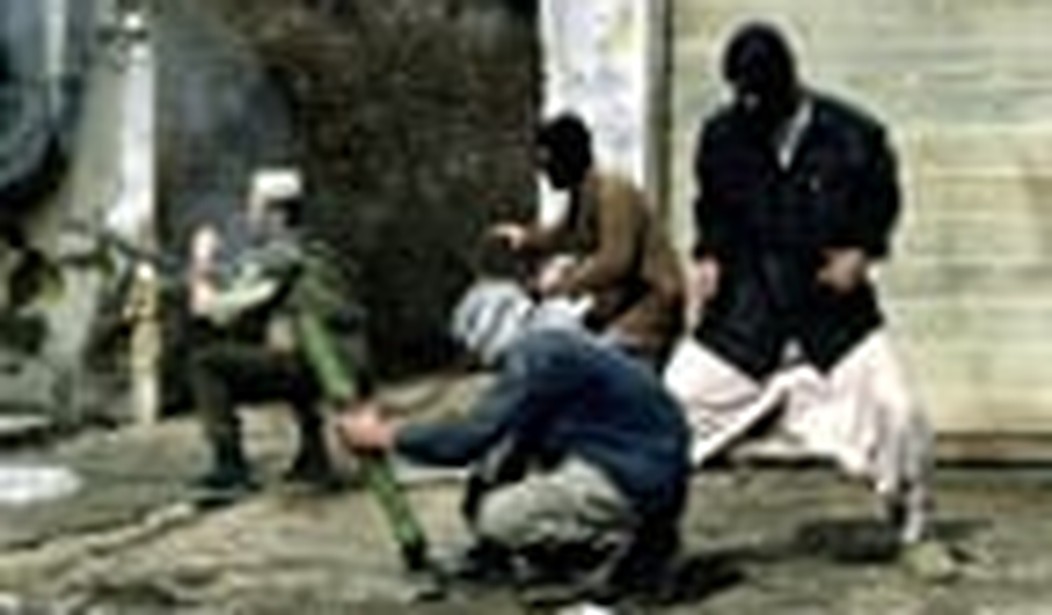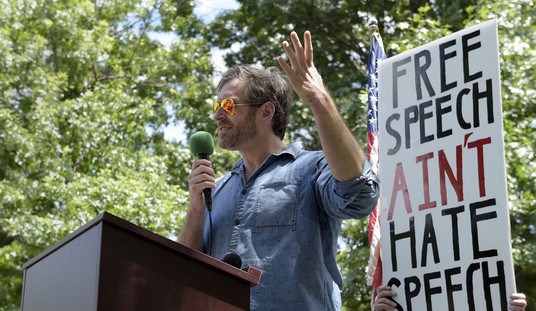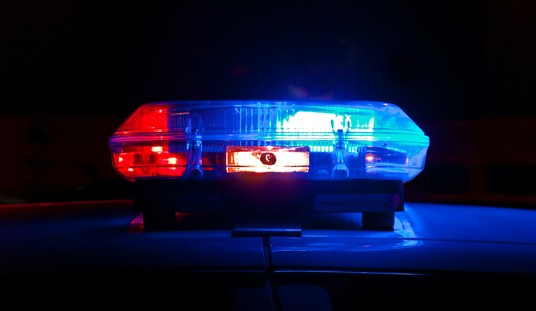AP photographer Bilal Hussein was on the radar screen of US forces prior to his being detained in a chance encounter April 12, 2006. He was a stringer working in Fallujah who filed numerous reports and photos that seemed to need a high degree of cooperation from the terrorists. He has been in custody for 19 months and will soon face trial by the Iraqi government on charges related to his activities with Sunni insurgents in Fallujah and Ramadi. Evidence against him is expected to be given to the Iraqi government this week.
Geoff Morrell, Pentagon Press Secretary had this to say: “We believe Bilal Hussein was a terrorist media operative who infiltrated the AP. MNF-I [Multi-National Force Iraq] possesses convincing and irrefutable evidence that Bilal Hussein is a threat to security and stability as a link to insurgent activity.”
Hussein was in his house with Hamid Hamad Motib, a known al-Qaeda leader, last year when Marines wanted to use the house as an observation point. They determined Motib’s identity and status as a wanted terrorist and took both him and Hussein into custody. They also recovered a number of items that led them to believe that Hussein was involved in insurgent activities. The US will now provide the evidence it has to the Iraqi government.
Pajamas Media has seen an email from a military source involved with the operation, confirming that Bilal Hussein and several others in the Fallujah area during 2004 had come to the attention of US forces tasked with information operations.
They noted ongoing reports coming out of Fallujah that did not match the reality they were aware of. Stories of children and civilians being killed would come out, but in areas where the Marines had not conducted operations. Many of these stories featured pictures and reporting from Hussein and quotes from the same two doctors at Fallujah Hospital. During this period of time Fallujah was controlled almost completely by al-Qaeda and Sunni insurgents. Anyone doing anything was subject to their approval.
Bilal Hussein had free reign to be anywhere and was often taking pictures in the company of insurgents and terrorists. He and the other stringers who made up AP’s Pulitzer Prize winning photo team managed to capture assassinations as they happened. They were on site at bombings within seconds to capture the carnage almost as it happened.
This access and the number of false reports of civilian deaths led the information operations staff to take note. They began monitoring Hussein more closely for two reasons: one they were tasked with countering or debunking false claims of civilian casualties and atrocities, second because Hussein’s very tight relations with the insurgents could be used against the Marines themselves.
This team was comprised of US Public Affairs and Intelligence personnel as well as a Special Ops unit to exploit any actionable intelligence gathered. It was an extraordinary measure and only the fact that Hussein and several others were acting as de facto terror press agents prompted it.
The photo below is an example of the kind of access Hussein and other AP photographs were able to obtain. The dead man, who appears quite recently murdered, is Salvatore Santoro – an Italian working for a British NGO in Iraq. Reports of Santoro’s being missing and then of his demise were almost simultaneous. The gunmen on the spot were from the Islamic Movement of Iraqi Mujahadin. The photographer on the spot to publicize this event was Bilal Hussein. (Thanks to Jawa Report.)

Salvatore Santoro executed – photo cred: Bilal Hussein for the Associated Press









Join the conversation as a VIP Member